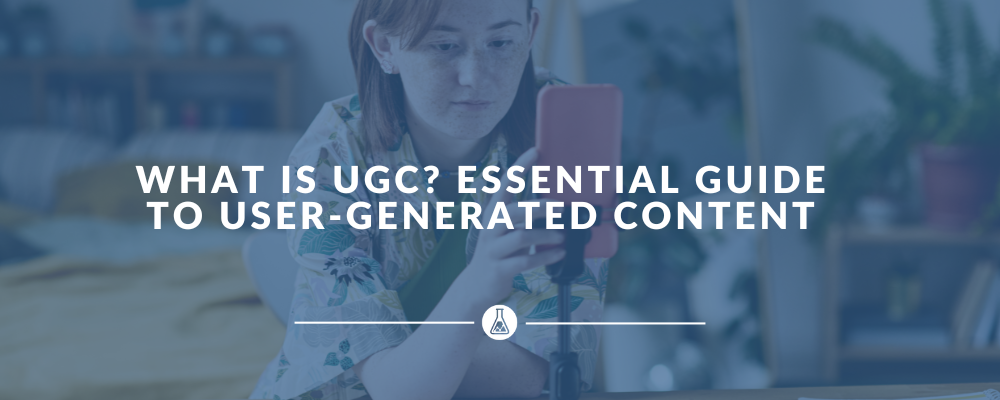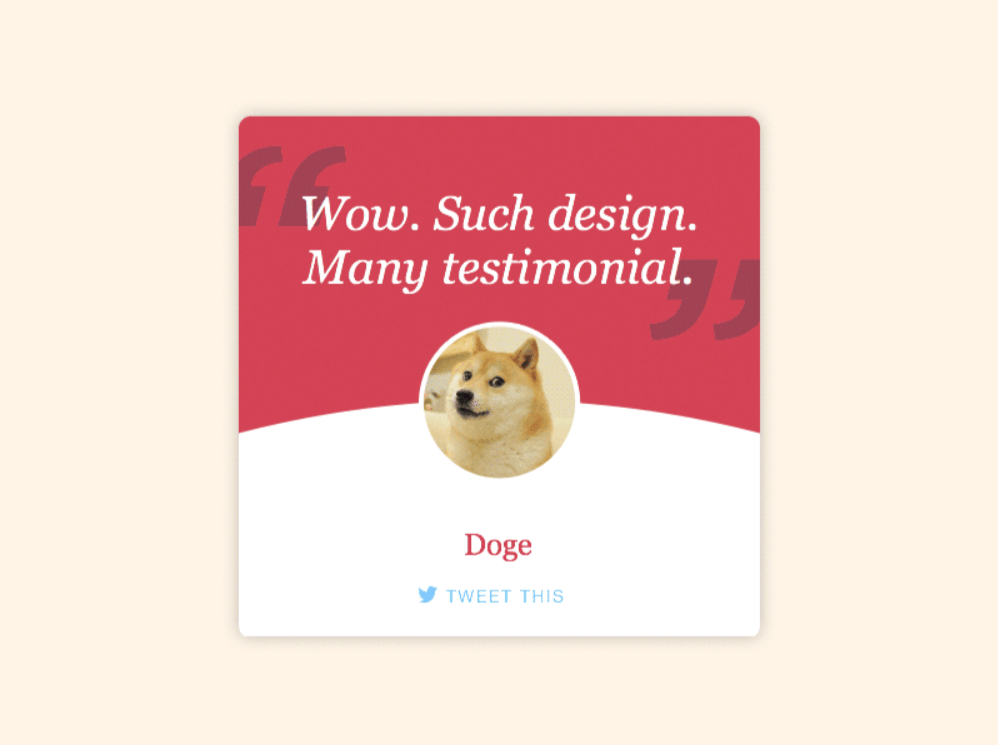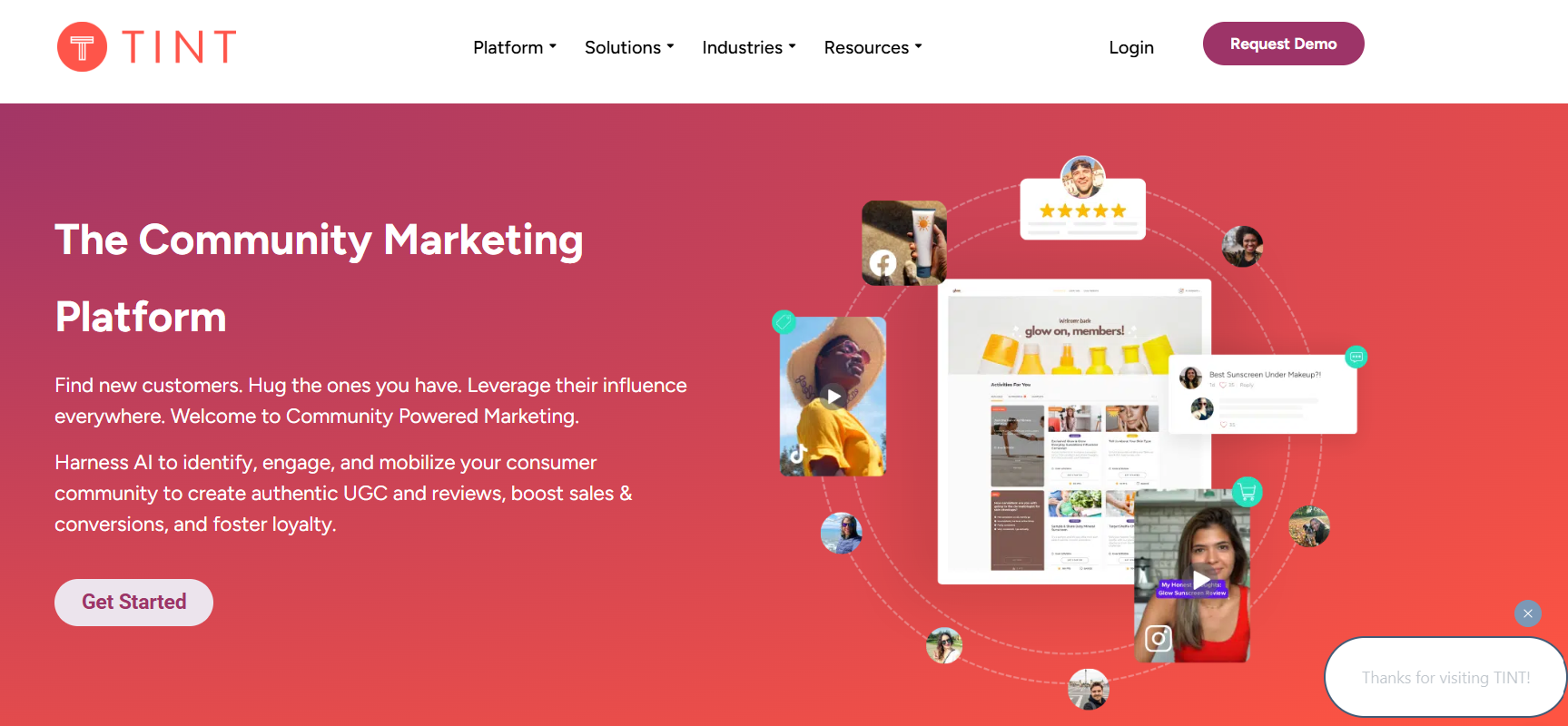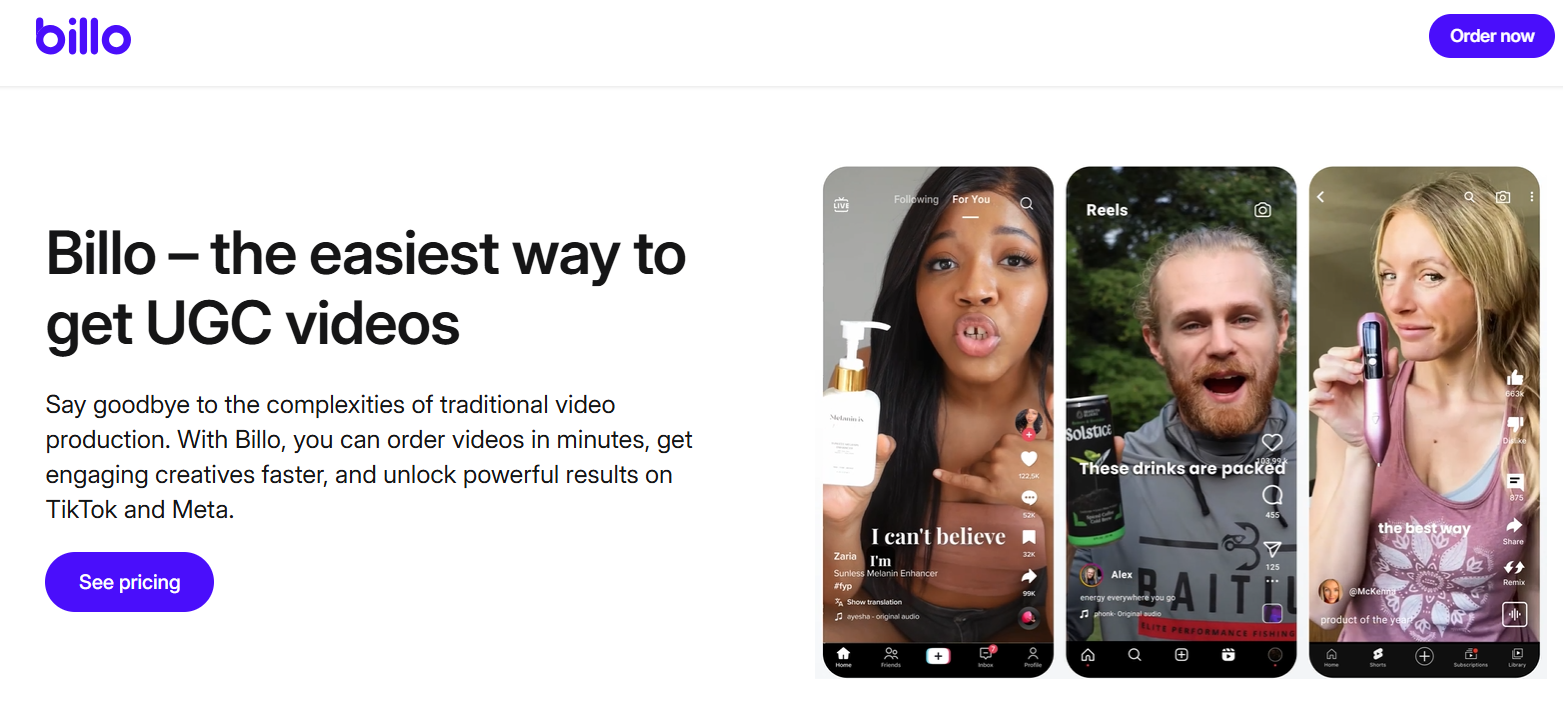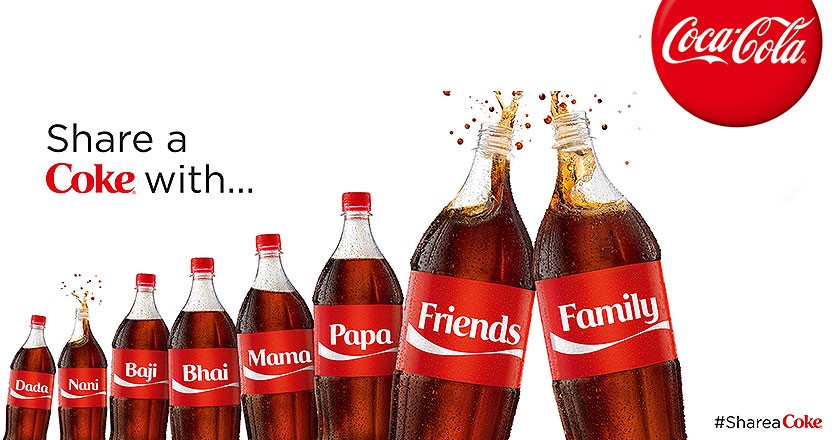User-generated content (UGC) is an authentic and impactful type of content that plays a key role in building consumer trust and influences purchasing decisions more effectively than traditional advertising. It can be divided into two main types: organic UGC, created voluntarily by users, and paid UGC, where creators are compensated for their contributions.
Both types offer unique advantages for audience engagement and marketing strategies. To implement UGC effectively, brands need to obtain clear consent from creators, set clear content guidelines, and acknowledge contributors.
In this article, we’ll explain what UGC is, why it matters, and how brands can use it to connect with their audience.
Table of Contents
Understanding User-Generated Content
User-generated content (UGC) is authentic and relatable content created by customers about a brand.
Unlike traditional advertising, which is often perceived as polished and staged, UGC is raw and genuine, making it more trustworthy and impactful.
In fact, 92% of consumers prefer user-generated content over traditional advertising and UGC content.
The authenticity of UGC stems from its origin—content created voluntarily by consumers or brand proponents. This type of content reflects genuine user perspectives, making it more relatable to other consumers.
As a result, UGC drives purchases and inspires customer conversion, significantly influencing the buying decisions of potential customers.
Consumers today have shifted from being passive spectators to active participants, sharing their experiences, opinions, and creativity.
This contribution to a brand’s narrative feels personal and trustworthy. When UGC aligns with marketing goals, it supports campaign strategy and resonates with the intended audience.
User-generated content has changed how brands interact with their audiences through meaningful interactions. Embracing UGC allows brands to foster deeper connections, build trust, and create a more engaging and authentic marketing experience.
We live, breathe & Dream Paid Traffic
Who Creates UGC?
User-generated content is created by various groups, including customers, brand loyalists, and even employees.
Each group has its unique motivations and contributions, making UGC a diverse and multifaceted resource for brands.
Customers are often the primary creators of UGC, sharing online reviews, personal experiences, and stories related to a brand. These user content pieces can range from text reviews to consumer generated content videos, providing a rich tapestry of authentic experiences that resonate with other consumers and contribute to customer content and word of mouth marketing.
Brand loyalists, on the other hand, promote products out of genuine appreciation rather than incentives. Their enthusiasm and voluntary promotion, much like that of brand advocates, add exactly what kind of extra layer of credibility to the brand identity and brand reputation of the content.
Engaging with UGC creators fosters a sense of community and encourages ongoing content generation while creating ugc.
Acknowledging and valuing their contributions helps build a loyal and engaged community that supports and enhances the brand’s narrative, especially when involving a UGC creator.
Types of User-Generated Content
User-generated content comes in various formats, each offering unique benefits and opportunities for audience engagement, but it is important to be aware of inappropriate content.
The most common types include text, content generated, user generated posts, user generated video, images, and reviews.
Additionally, brands can effectively share user generated content to enhance their marketing strategies.
Written UGC includes reviews and longer articles on blogs, where customers share in-depth insights and experiences.
Visual UGC encompasses photos and user-generated videos, often shared on social media platforms like Instagram and YouTube. These visual elements, including ugc images, are particularly engaging, as they allow consumers to see products in real-life contexts, enhancing their trust and connection with the brand.
Audio UGC, such as mentions or reviews of products on podcasts, is another growing category. This format allows brands to reach audiences in a more personal and intimate setting.
UGC is most frequently found on social media platforms, blogs, forums, review sites, and e-commerce websites. Each platform offers different opportunities for users to interact and share their experiences with the brand.
Leveraging different types of UGC allows brands to create a dynamic and engaging marketing strategy.
Heartfelt reviews, creative videos, and candid photos each contribute to the brand’s image, authenticity, and relatability.
The Importance of UGC in Marketing
Authenticity is the cornerstone of user-generated content, making it three times more genuine in the eyes of consumers compared to brand-generated materials.
This authenticity fosters trust and credibility, which are crucial for building strong customer relationships.
Brands that actively engage with UGC often see increased customer retention rates.
User-generated content campaigns typically lead to a 29% increase in web conversions. This is because UGC serves as powerful social proof, influencing potential customers’ purchasing decisions by showcasing real-life experiences and satisfaction from existing customers.
The impact of UGC on purchasing decisions cannot be overstated.
Potential customers are more likely to try products that have received positive feedback from other users, while negative feedback can deter them.
This phenomenon underscores the power of UGC as a cost-effective strategy to influence purchase decisions and consumer behavior. By leveraging UGC, brands can enhance their online reputation, drive sales, and gain valuable insights into customer preferences.
Besides boosting conversions and customer retention, UGC helps brands understand their customers better and improve their offerings.
This makes UGC a powerful marketing tool and a strategic asset for long-term brand development. Brands can create more personalized and effective marketing strategies that resonate with their target audience through UGC.
Organic vs Paid UGC
Organic UGC is content shared freely by customers without incentives, while paid UGC is created by compensated creators specifically for brands.
Each type offers unique advantages and can be strategically used to achieve different marketing goals.
Organic UGC is a long-term investment that builds brand loyalty and authority over time, fostering deeper customer trust and community interaction, thus creating a lasting brand presence. However, it yields results more slowly than paid UGC.
Paid UGC, on the other hand, provides immediate visibility and results but requires ongoing investment to maintain its effectiveness.
It can be quickly adjusted and optimized based on performance metrics, making it a flexible option for brands looking to make a rapid impact.
Both organic and paid UGC can effectively engage customers at different stages of the buying journey.
While organic UGC builds a strong foundation of trust and loyalty, paid UGC can amplify reach and drive quick results, especially for newer brands that lack a substantial amount of customer-generated content.
Benefits of User-Generated Content
User-generated content leads to higher click-through rates and improved conversion rates.
Incorporating UGC into user generated content marketing also results in higher customer retention rates, as customers feel more connected and valued by the brand, fostering more meaningful interactions in digital marketing.
One of the significant financial advantages of UGC is the cost savings on content creation and the increased ROI it offers.
Hiring an influencer can cost millions, but leveraging UGC is next to nothing. This makes UGC a highly cost-effective strategy for brands of all sizes.

UGC can also create a sense of online community among consumers. By sharing their experiences and engaging with each other, users build a more meaningful connection with the brand.
This community-building aspect of UGC boosts brand visibility through shares and word-of-mouth referrals.
Finally, UGC enhances customer loyalty and trust. By showcasing authentic and relatable content, brands can build stronger relationships with their customers through a UGC campaign, leading to long-term loyalty and advocacy.
Best Practices for Implementing UGC
To successfully implement user-generated content, brands must obtain explicit consent from creators before using their UGC in marketing campaigns.
Respecting user privacy includes communicating data protection practices, obtaining consent for content usage, ensuring compliance with intellectual property rights, and providing exclusive access to creators.
Specific content guidelines help creators submit relevant content that aligns with the brand’s objectives.
Inviting customers to contribute brand specific content created engages them as active participants in the brand’s narrative, boosting loyalty and customer engagement to increase brand awareness.
Offering rewards for participation, such as discounts or recognition, significantly increases user engagement and content creation.
Additionally, adhering to community guidelines ensures that all submissions meet the necessary standards.
Creating dedicated hashtags and initiating trends or contests can encourage UGC and generate buzz.
For example, using a hashtag like #myHGV can encourage customers to share vacation pictures, fostering organic UGC.
Regular content moderation helps ensure shared UGC aligns with community standards and maintains brand values, including the use of branded hashtags.
Recognizing the efforts of UGC contributors is crucial. Crediting the original creator and tagging them when sharing their content shows respect and encourages further content creation.
Analytics tools provide insights into UGC performance and guide future strategies.
Tools for Managing UGC
Various online platforms and digital platforms facilitate connections between brands and content creators through influencer marketing, streamlining hiring and collaboration.
Platforms like TINT allow brands to source content directly from social media channels, simplifying rights management.
Influee offers a comprehensive management solution, from content sourcing to payment and campaign execution.
Billo provides businesses with a straightforward UGC solution for collecting, moderating, and displaying user-generated content on a user generated content platform.
Some UGC tools also offer features for video editing and scriptwriting, enhancing the content creation experience.
Analytics tools associated with UGC platforms help brands track campaign performance and optimize marketing efforts. Legal compliance management is another crucial function, helping brands handle contracts and permissions efficiently.
Case Studies: Successful UGC Campaigns
IKEA’s ‘IKEA At Mine’ campaign encouraged users to share their home photos featuring IKEA products, resulting in a 27% higher reach and significantly increased engagement rates.
This campaign demonstrated the power of visually engaging UGC in driving brand reach and customer interaction.
Coca-Cola’s ‘Share A Coke’ campaign printed popular names on bottles, leading to a 7% increase in young adult consumption globally and a ninefold increase in Facebook traffic.
The personalized touch of this campaign made it highly relatable and shareable, boosting brand visibility and engagement.
Apple’s ‘#ShotOnIphone’ campaign emphasized the iPhone’s camera capabilities, achieving 24,000 mentions and 6.5 billion impressions across social media posts.
These case studies highlight the effectiveness of UGC in creating impactful and memorable marketing campaigns.
Emerging Trends in UGC
The integration of AI in UGC is expected to enhance content curation and management, allowing brands to efficiently highlight impactful user contributions.
AI can help brands integrate UGC by identifying the most engaging content and optimizing their UGC strategies accordingly.
Augmented and virtual reality technologies will play a crucial role in creating immersive UGC campaigns, significantly boosting consumer engagement.
These technologies provide users with unique, interactive experiences that deepen their connection with the brand.
Short-form video content is projected to remain popular, with a rising preference among younger consumers for engaging formats like TikTok and Instagram Reels.
Localized UGC tailored to specific regional audiences will also become more prevalent, making content more relatable and effective.
Summary
User-generated content has revolutionized the way brands interact with their audiences.
From its authenticity and trustworthiness to its cost-effectiveness and impact on conversion rates, UGC offers numerous benefits that traditional advertising simply cannot match.
As we look to the future, the integration of AI, AR, and VR technologies promises to further enhance the effectiveness of UGC.
By embracing these trends and implementing best practices, brands can create engaging, authentic, and impactful marketing campaigns that resonate with their audiences.
Check out more blog posts:




